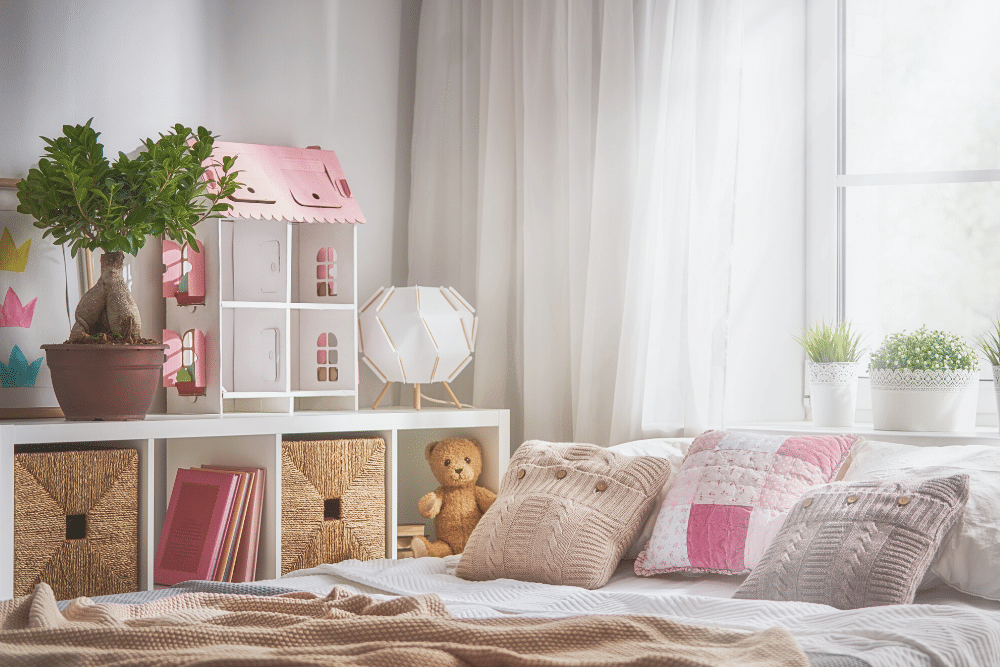
We’ve all seen the Instagram-worthy newborn nurseries filled with neutral throw pillows and thriving green plants. But before you go crafting a jungle in your little one’s room, do some research—as it turns out, not all plants are safe to have around children, and some may even be toxic if chewed on by a curious teething baby.
Keep these 6 common house plants out of reach of children for their safety.
Dumb Cane
This common house plant is prized for its spotted green and white leaves, which make it fit beautifully into most homes. Unfortunately, its leaves are more than just pretty—they contain calcium oxalate, which can be dangerous for children if ingested or touched. In small quantities, dumb cane leaves can irritate the skin, but if a large number of leaves are swallowed, it can cause severe stomach upset.
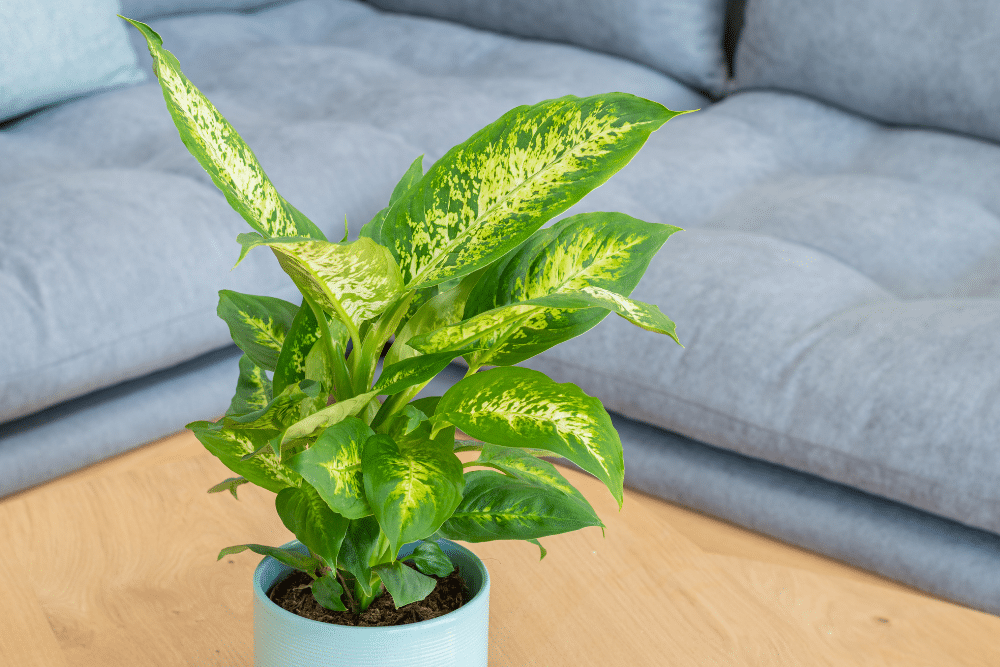
Caladium
Caladium leaves are recognized by their lovely pink and green heart-shaped leaves. These beautiful leaves should be looked at, but not touched, since they can irritate mucus membranes and cause vomiting.
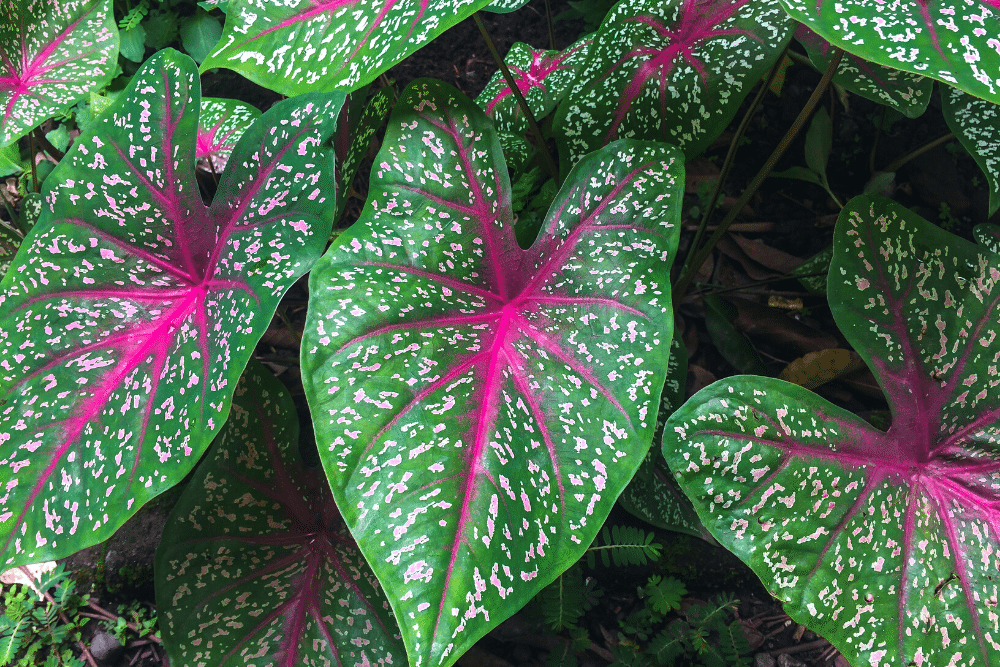
Philodendron
You might have a philodendron around if you like large, palm-like plants that don’t require much maintenance. While these plants are easy to care for—even for sleep-deprived new parents!—they’re not the best option for families with young children. Consuming philodendron leaves can cause swelling and irritation in the mouth, which can lead to trouble breathing for some kids.

Pothos
Similar to philodendron, pothos plants should be kept away from kids. Their leaves can cause burning and inflammation in the mouth, which could result in trouble swallowing or breathing. They can also irritate the stomach and can cause vomiting or diarrhea.
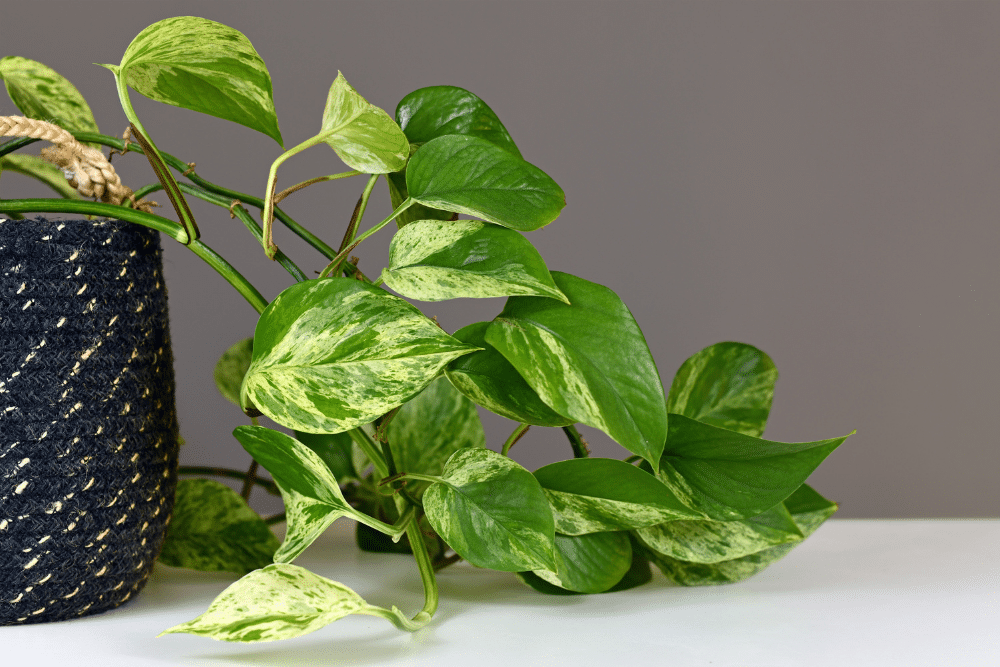
English Ivy
English ivy may make the outside of your home look particularly picturesque, but it can wreak havoc on your family members if eaten. These leaves irritate the throat so severely that it can swell from the mouth down. It’s best to keep this plant away from vulnerable children.
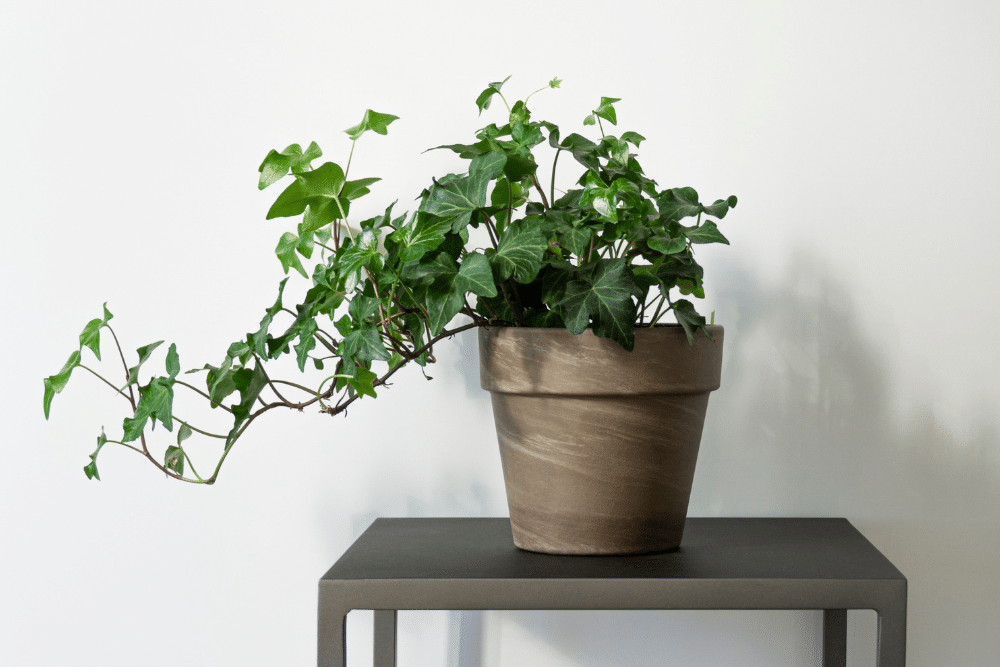
Oleander
Oleander is a less common household plant, but it’s worth mentioning because it is extremely poisonous and can cause a slow heart rate and even death if ingested. If you suspect your child has eaten any oleander leaves or flowers, it’s important to take them to the emergency department.
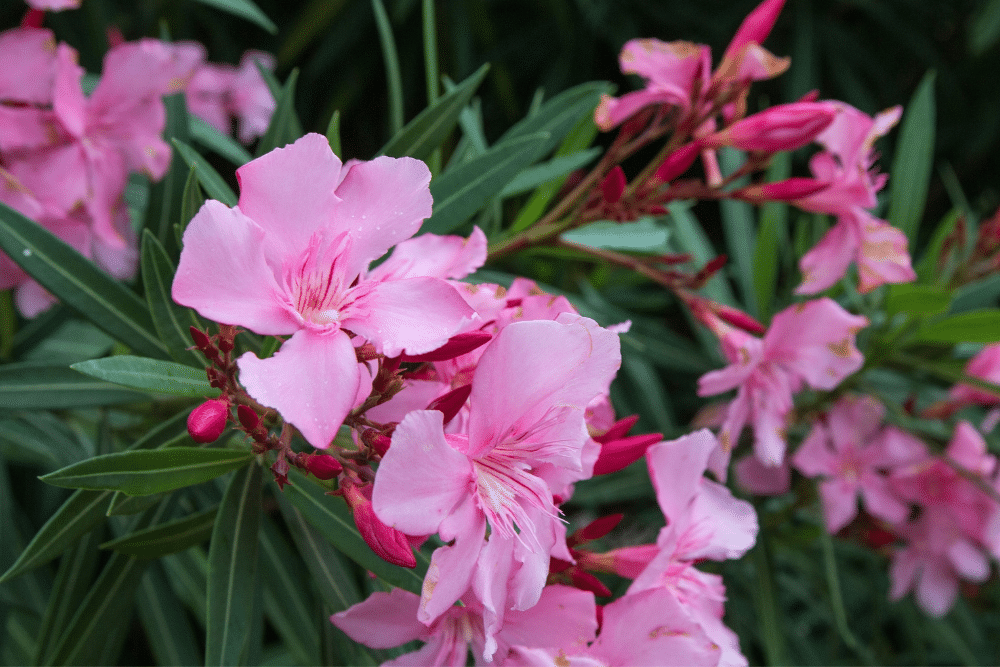
What To Do If Your Child Has Eaten A Poisonous Plant
If you suspect your child has eaten something dangerous, call the poison control hotline immediately. It’s also a good idea to call your child’s doctor and have them evaluated, particularly if they’re showing signs of stomach upset, rash, or swelling.
Keeping Plants Out of the Mouths of Kids
The best way to prevent your child from getting sick from a house plant is to fill your home with safe, non-toxic plants. It’s impossible to keep an eye on your kid every second of the day, so prevention is the best safety strategy.
If you do have dangerous plants at home, move them into a room with a locked door so you can ensure your little one won’t be able to access them.
This list of dangerous plants is not exhaustive, so if you have questions about whether a house plant is safe to put in your little one’s room, do some research before purchasing it. Remember, making thoughtful decisions before you buy will help to avoid accidents in the future!



